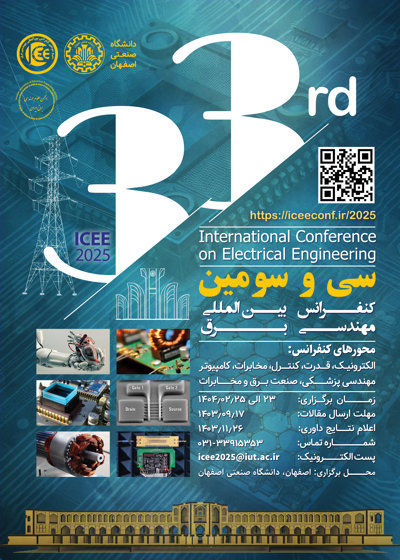0% Complete

نویسندگان :
کلمات کلیدی :
چکیده :
لیست مقالات بایگانی شده
Sanaz Salem - Amir hossein Owji
Siavash Yari - Hamid Khoshkhoo
Seyed mohsen Mortazavi - Reza Beiranvand
Aran Shoaei - Karim Abbaszadeh - Hesamodin Allahyari
Masood Hamed Saghayan - Seyedeh Fatemeh Ebrahimi - Mohammad Bahrani
Leila Ahmadi - Amir Ahmad Shishegar
Emadodin Zia Khodadadian - Mojtaba Joodaki
Zahra SohrabiBonab - Mohammad Bagher Shamsollahi
کی سیاوش کیکاوسی - حمیده دشتی خویدکی - جواد احمدی شکوه - مجید رشیدی هویه
Ahmadreza Ghanaatian - Reza Takarli - Abolfazl Vahedi




